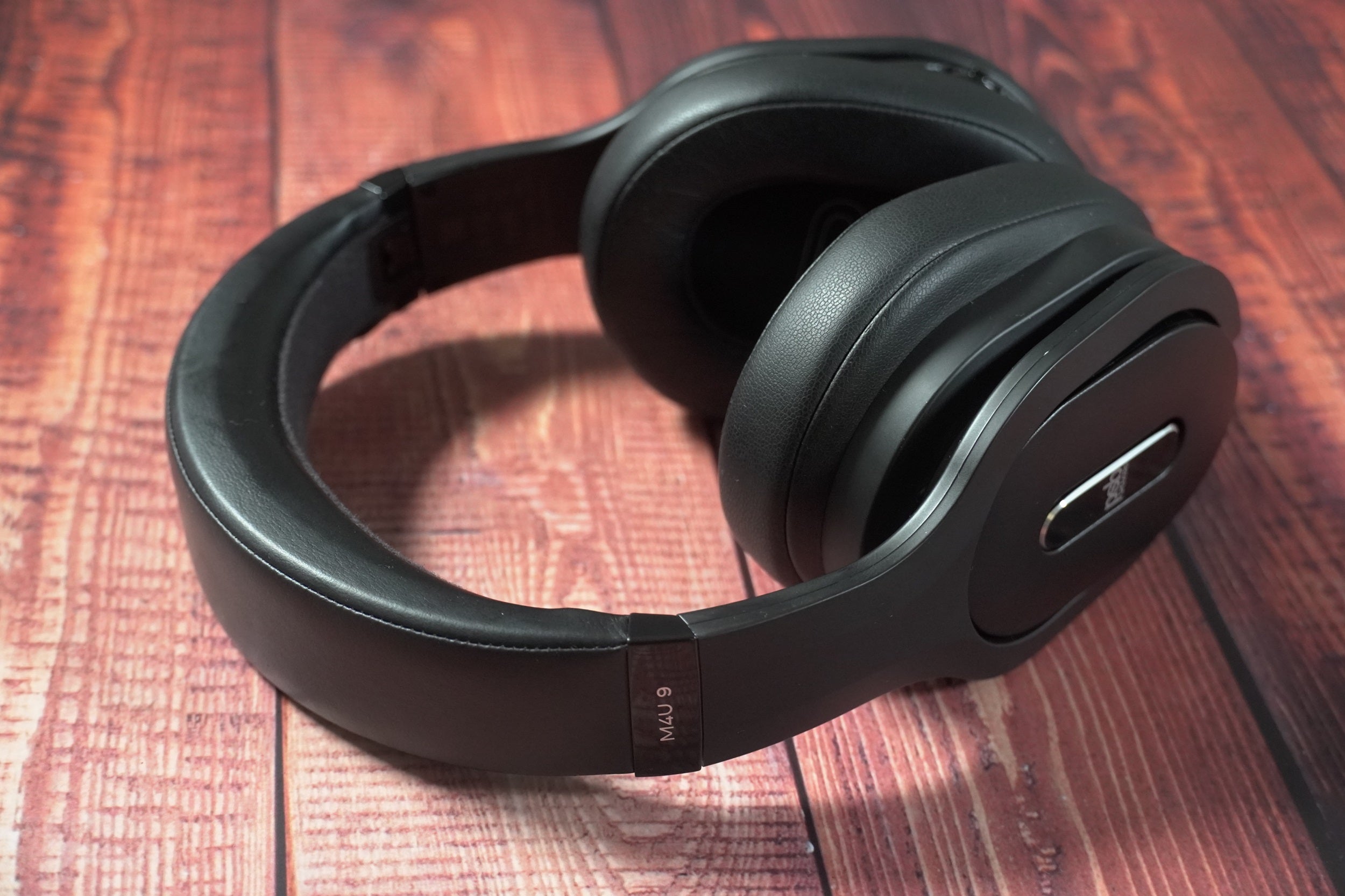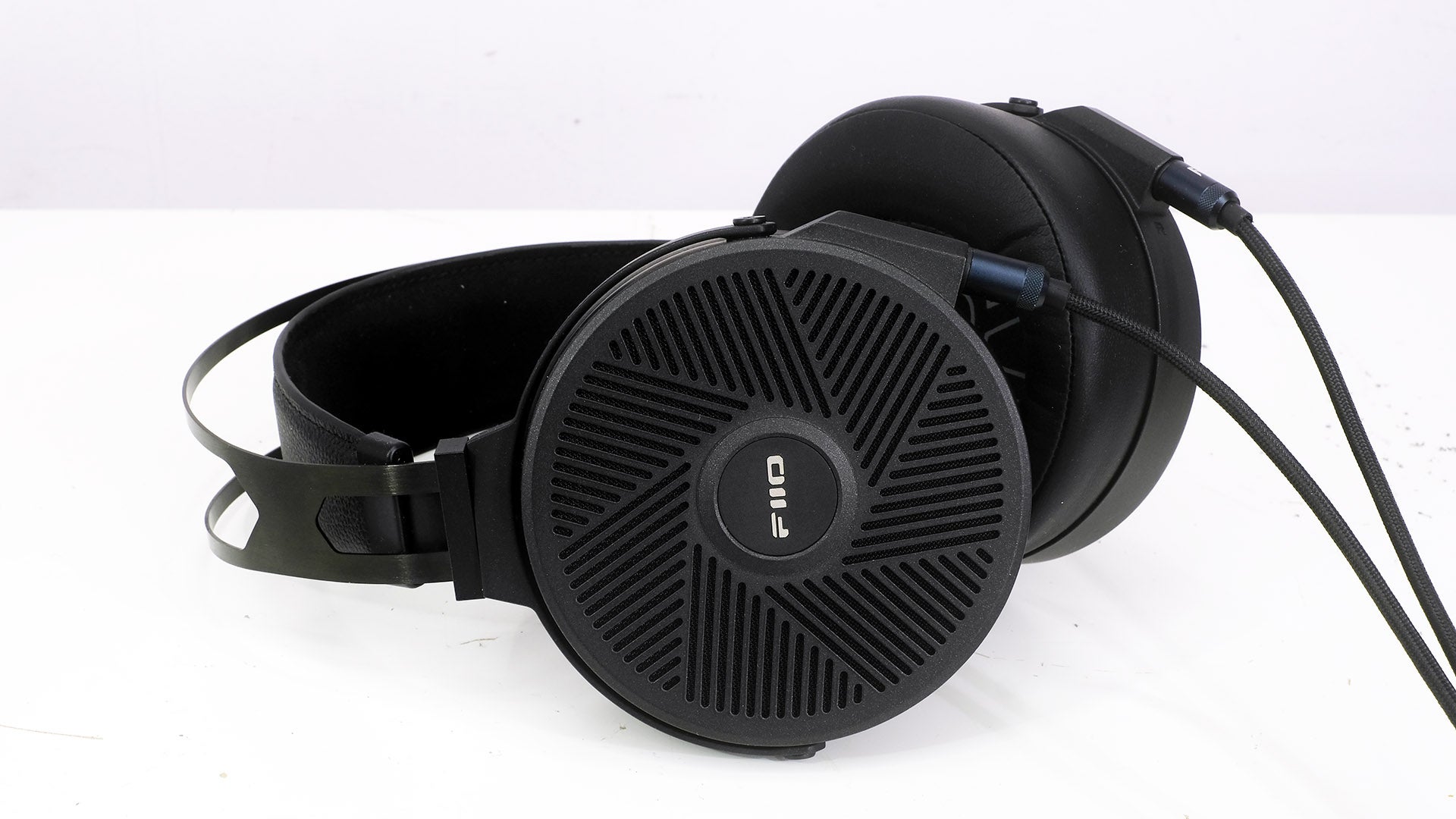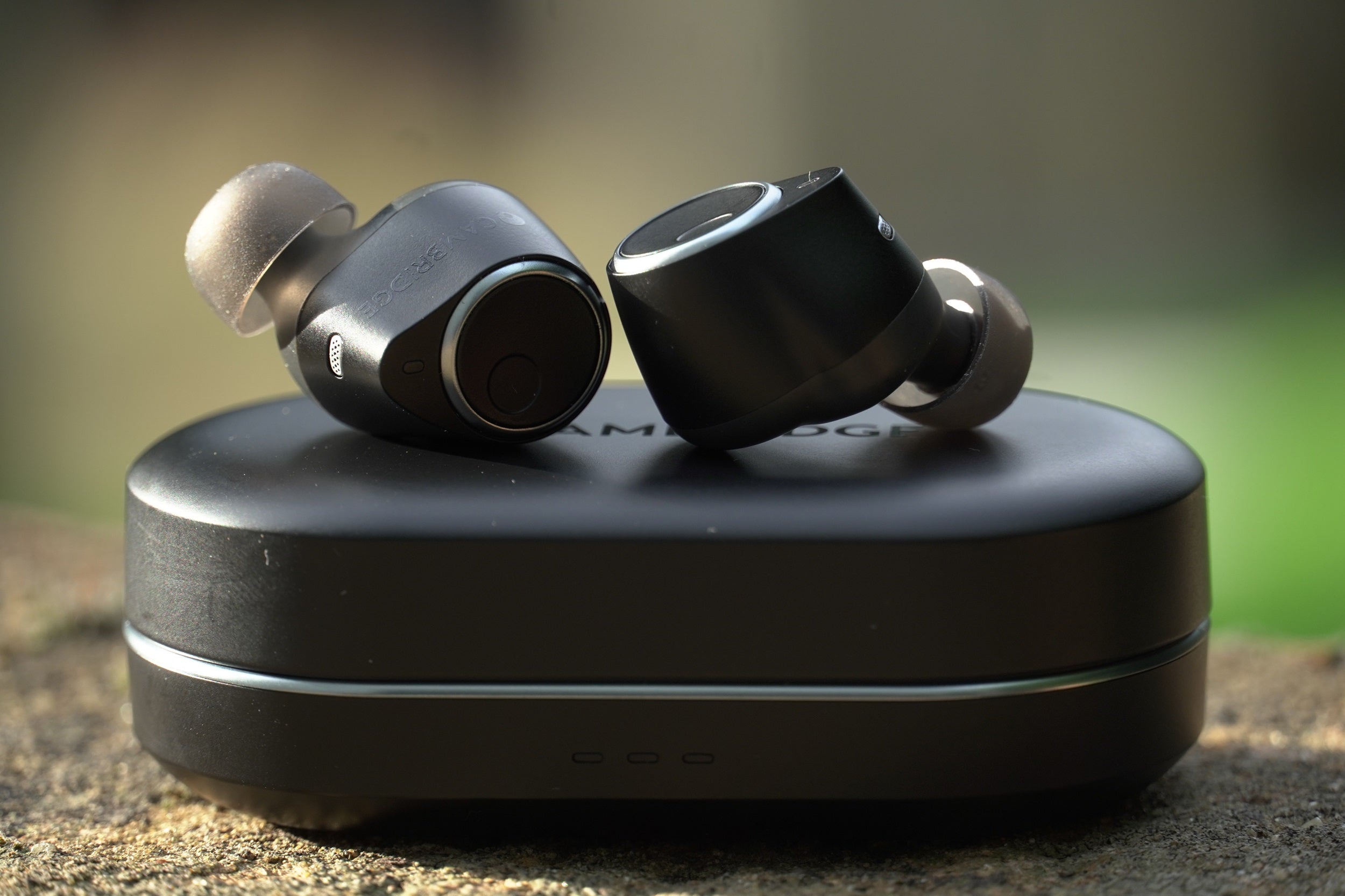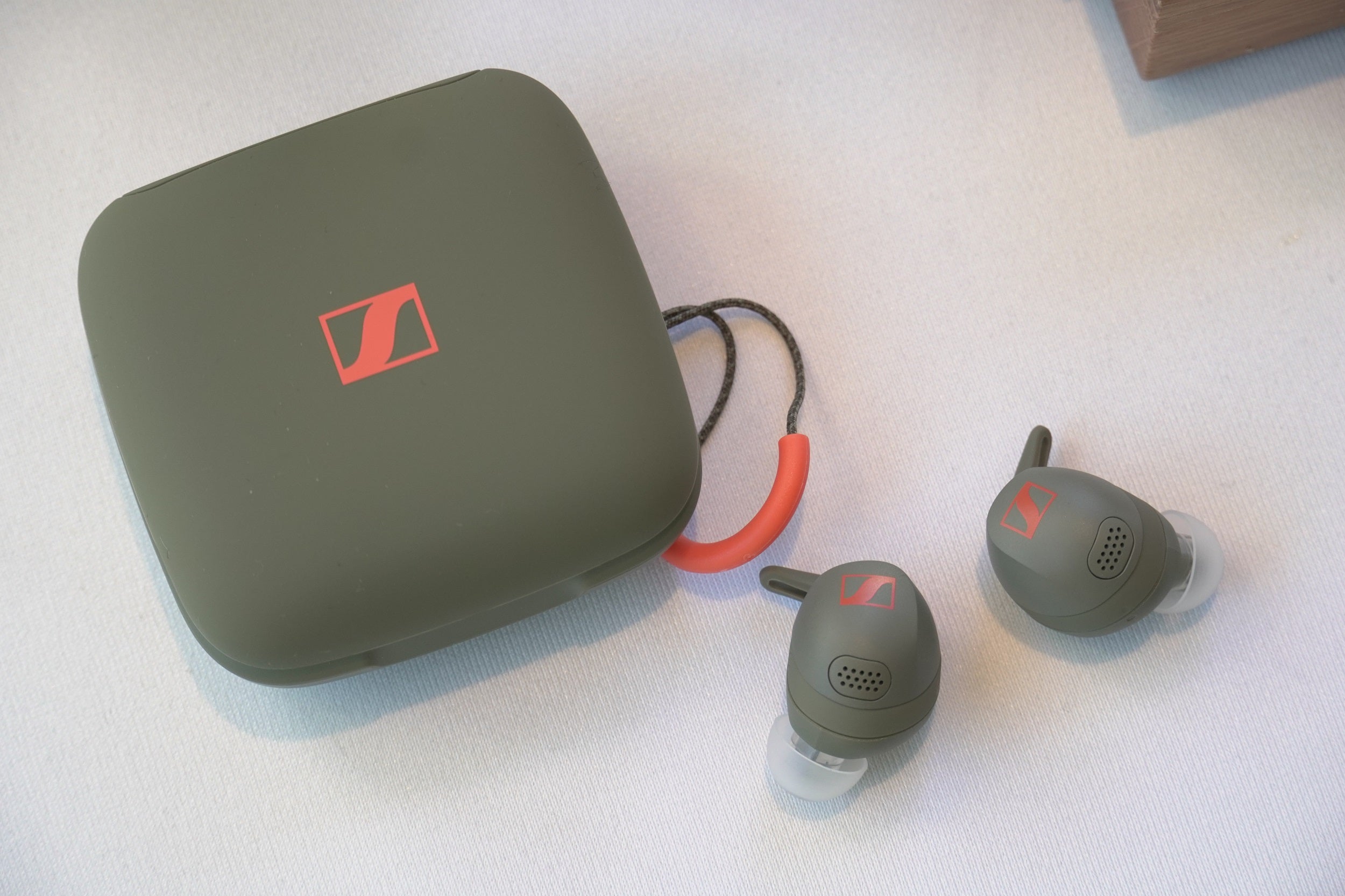Philips PH805 Review
The Philips PH805 present a strong argument for not breaking the bank for headphones
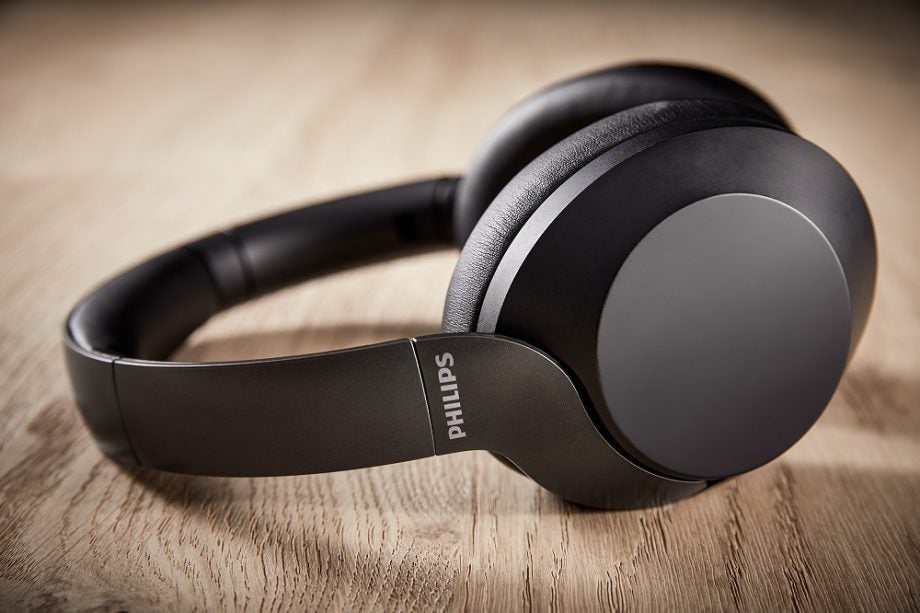

Verdict
In nearly every respect, the Philips PH805 wireless headphones outperform their price point with punchy sound and a decent set of specs.
Pros
- Well made from good materials
- Decent spec
- Punchy, full-fat and subtle sound
Cons
- Ho-hum noise-cancelling
- Could sound more dynamic
Availability
- UKRRP: £160
- USARRP: $199
- EuropeRRP: €179
Key Features
- Bluetooth 5.0Supports the latest in Bluetooth connectivity
- Voice controlCan call digital assistants on your mobile device
- 30 hours’ battery lifeLong-lasting battery life with noise cancellation switched off
Introduction
The Philips PH805 are the newest wireless headphones from the Dutch brand’s revamped audio range, boasting noise-cancellation, Bluetooth 5 and 30 hours of battery life.
Throwing money at a problem is one way to solve it, but it isn’t the only way. Take wireless noise-cancelling over-ear headphones as an example. You want decent sound quality, good noise-cancelling capabilities, solid wireless connectivity, and a sturdy-yet-comfortable build. But you don’t want to spend £300 plus on a pair of range-topping Bose, Sennheiser or Sony cans because a) that’s a lot of money, and b) your priority is solving the problem of performance, rather than looking flash when you’re out and about.
That’s where the Philips PH805 wireless active noise-cancelling headphones come in. They’re offering a solution that isn’t going to cost big. So are they the sensible, pragmatic choice – or are they just going to make you feel a bit tight?
Design
- Look similar to the WH-1000XM3
- Comfortable to wear
Imitation is the sincerest form of flattery, they say. If that’s true, then Sony’s WH-1000XM3 noise-cancellers must be feeling deliriously flattered by the Philips PH805.
There’s more than just a hint of Sony’s class-leading £300 headphones here in terms of the Philips’ design. Broadly speaking, all headphones sport a fairly similar look – but there’s something in the contouring of the PH805’s earcups that reminds of the WH-1000XM3s in particular.
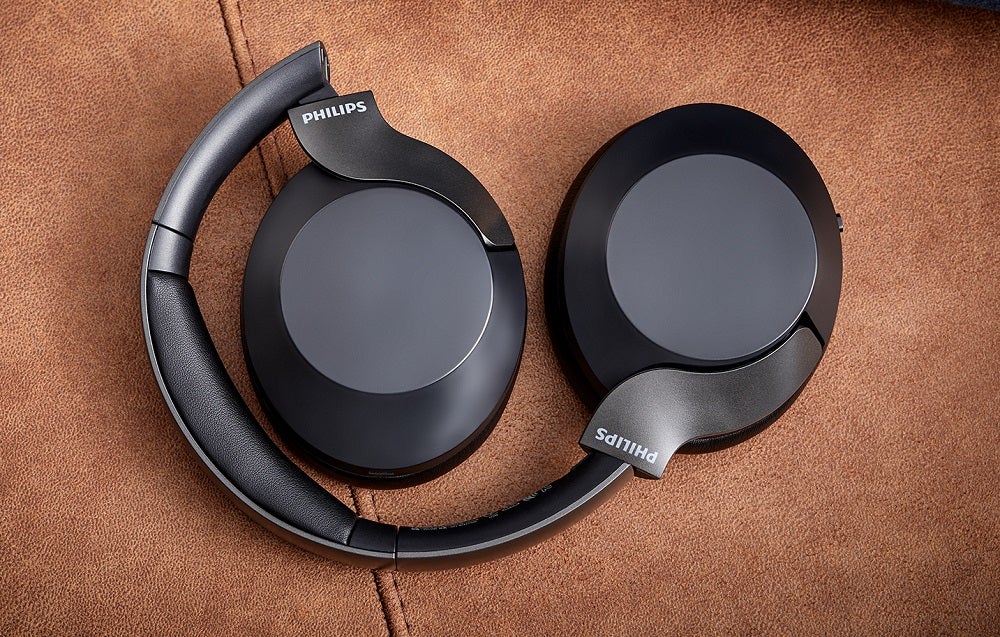
Beyond that, nothing about the PH805’s design tears up any rule-books. They’re nicely built from plastic of a quality feel. The “Philips” branding just above the hinge is understated. There’s enough articulation in the earcups to allow the headphones to fold both flat and inwards, making them a nicely portable proposition.
The faux leather covering the earpads is soft, and there’s more of it on the underside of the headband – less of the headband is padded than is the norm, but unless you’re significantly wide-headed, you shouldn’t find yourself in contact with unpadded plastic.
At 235g, the Philips PH805 are hardly a burden, plus they’re a little less bulky than some costlier alternatives. Only the ostentatious are going to feel short-changed, in this respect.
Features
- Supports Bluetooth 5.0
- Choice between ambient mode and ANC
While you won’t find every wireless over-ear bell and whistle featured here, the Philips PH805s are pretty well specified – especially when you take the price into consideration.
They use Bluetooth 5.0 as a connectivity standard, which is good enough to allow a Tidal Masters stream on board.
Sound is delivered by a pair of 40mm full-range drivers. Philips quotes a frequency response of 7Hz to 40kHz, which seems to be on the optimistic side.
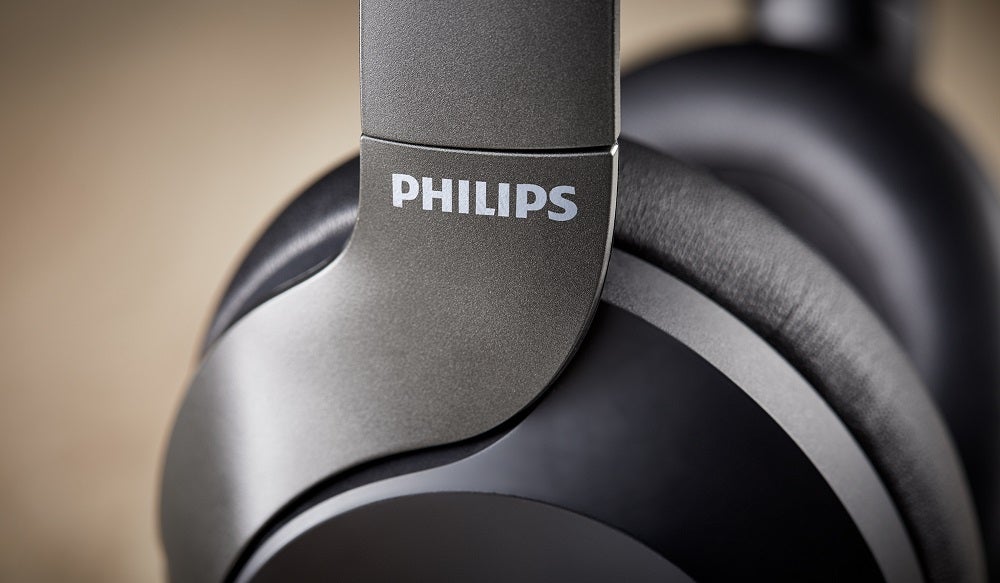
The company is also quoting a battery life of 30 hours from a single charge, or 25 if you keep the active noise-cancellation engaged. This seems more achievable than the claimed frequency response. The battery is charged by connecting the bundled micro-USB cable to the left-hand earcup – Philips reckons you can get two hours of power from a five-minute charge and six hours from quarter of an hour.
With regards to active noise-cancelling, there are three modes from which to choose: on, off or ambient sound. This reduces the volume of your music while giving a little boost to the sound of the outside world.
There are eight mics distributed between the two earcups. Half are designed to assist with telephony and voice control, while the other half are associated with the noise-cancelling functionality.
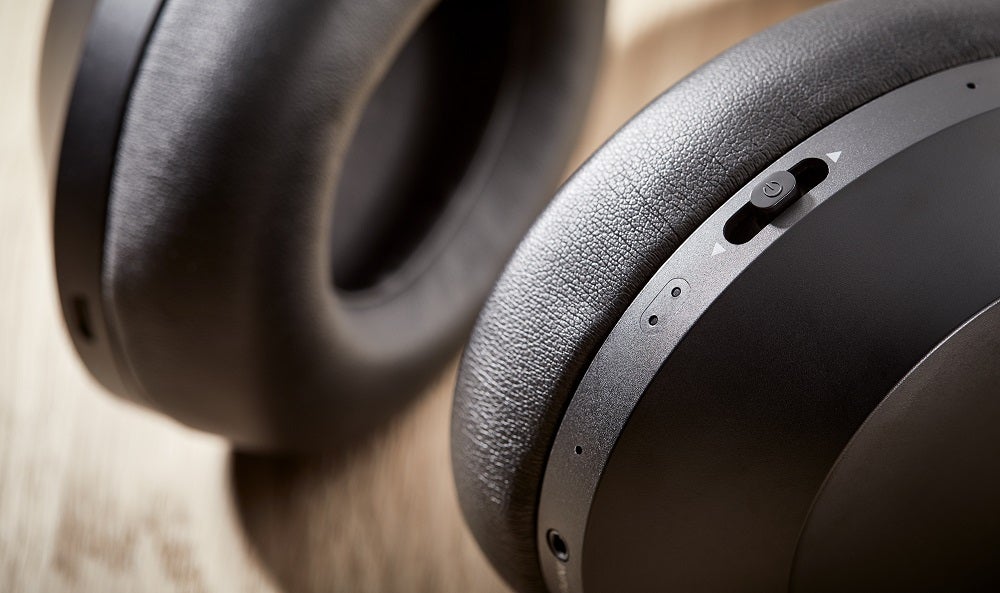
Unlike its left-side counterpart, the right earcup does most of the heavy-lifting where the PH805 interface is concerned. On the surface of the earcup there are some touch-controls (swipe up for “volume up”, swipe down for “volume down”, and a single tap cycles through “noise-cancelling on”, “noise-cancelling off” and “ambient sound”), while in the rear of the earcup surround is a slide/push control.
Press and hold turns power on or off; short press either enables pairing mode or – if you’re already paired – summons your voice assistant. Slide it forward to skip forward a track, or slide it back to skip back.
There’s also a 3.5mm analogue socket on the bottom of the right earcup, for use with the supplied 1.2m cable should you be negligent enough to let your Philips headphones run out of battery power.
Sound quality
- Good overall tonal balance
- Nicely detailed mid-range
As previously noted, the Philips’ Bluetooth 5.0 connectivity puts better-than-CD quality audio firmly on the menu. So, to give the PH805s every chance, the test starts with a listen to a Tidal Masters file of Gorillaz’s Clint Eastwood via a Sony Xperia 5 smartphone.
It’s fair to say there’s very little to complain about here. The Philips PH805 describe the depth and weight of the plentiful low frequencies well, controlling manfully while avoiding any bleed into the information riding above. Not matter if the bass notes drone or punch, the Philips’ pack them with detail yet ensure they don’t overstay their welcome.
The same tune highlights the PH805’s ability to give proper character and expression to a vocalist, too. There are several singers/rappers involved in this recording, and each sounds distinct – it’s the subtlest details that reveal a singer’s personality, and the PH805s are impressively talented in this respect.
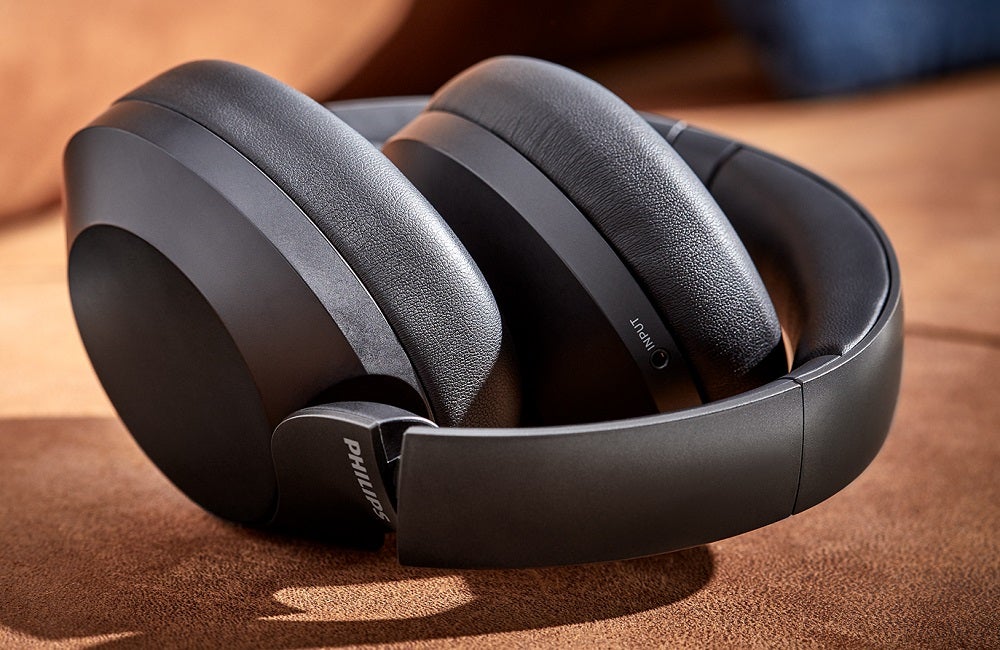
Up at the top of the frequency range the news is almost as good. Some of the bite and clatter of the treble is rounded off a little, so there isn’t quite the crispness to the percussives that more expensive headphones can reveal. Nevertheless, the Philips PH805 demonstrate good attack.
The entirety of the frequency range is well integrated, too, with the journey from the highest notes down to the lowest happening smoothly. No area of the frequency range draws attention to itself or is too reticent. Instead, the PH805 headphones present the recording as a unified and coherent whole.
Simultaneously moving down in file size and up in musical complexity to a CD-quality file of Elvis Costello’s Couldn’t Call It Unexpected displays all of the same strengths, but begins to reveal one or two fairly minor shortcomings.
The smooth integration, nicely detailed mid-range and well-controlled bass remain to the fore, and the Philip units add a properly defined soundstage and impressive stereo focus into the mix. It may seem odd to talk about a convincing stereo image when the listener is basically wearing the speakers on the side of his or her head, but stereo cogency is by no means a given – regardless of how expensive your headphones were.
However, the song shows up a slight shortage of outright dynamism in the PH805’s presentation. The nagging sensation that there’s greater distance between the quietest and loudest parts of the song than the Philips’ can describe won’t shift. The result is an overall sonic quality that’s just a little matter-of-fact, where the tune should really grab the listener by the lapels.
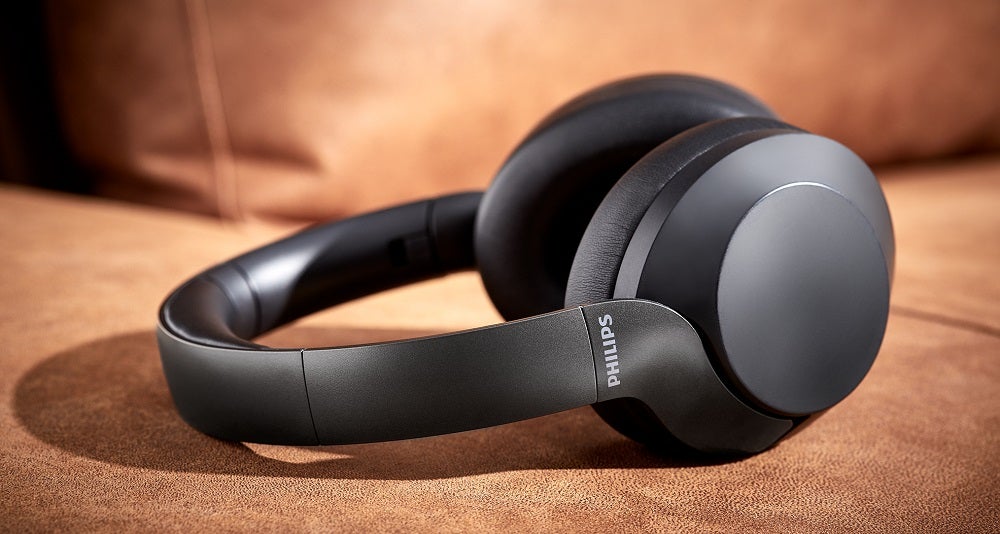
In my opinion, this is an acceptably small price to pay for all the audio quality the PH805s demonstrate, though. Doubling your money will undoubtedly buy you greater levels of both dynamism and fidelity, but if you have £350 to spend on headphones then you probably haven’t read this far anyway.
The PH805s can’t quite match their sonic qualities with the effectiveness of their noise-cancelling, however. There really isn’t a whole heap of difference between “noise-cancelling on” and “noise-cancelling off” – certainly, you won’t be walking around in splendid isolation with the system engaged. Things are quieter than when it’s off, of course; it just isn’t as effective a system as you might be hoping for. At least “ambient sound” does exactly what it’s meant to do.
And while I’m having a low-temperature moan, the earcups seem to get a little warmer a little quicker than is ideal.
That’s about it, though. In more or less every respect, the Philips PH805 headphones outperform their price point. And, as a consequence, they deserve your most serious consideration.
Should you buy it?
Few headphones match its spec and performance at its price: the Philips PH805s aren’t without similarly specified and similarly priced rivals. It’s just that none of them can match the PH805’s sonic dexterity – not convincingly, anyway.
If you want better noise cancellation: Given the price it won’t be a surprise that the noise cancellation performance is not as good as more expensive options, but it’s decent enough if you’re not expecting the most suppressive performance.
Verdict
In nearly every respect, the Philips PH805 wireless headphones outperform their price point with punchy sound and a decent set of specs.

